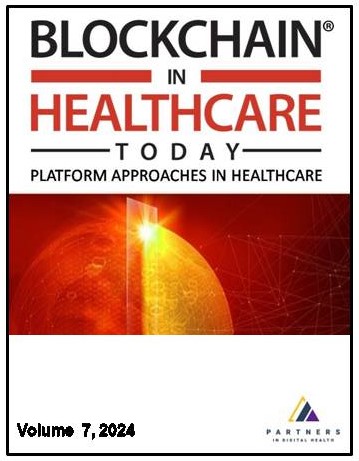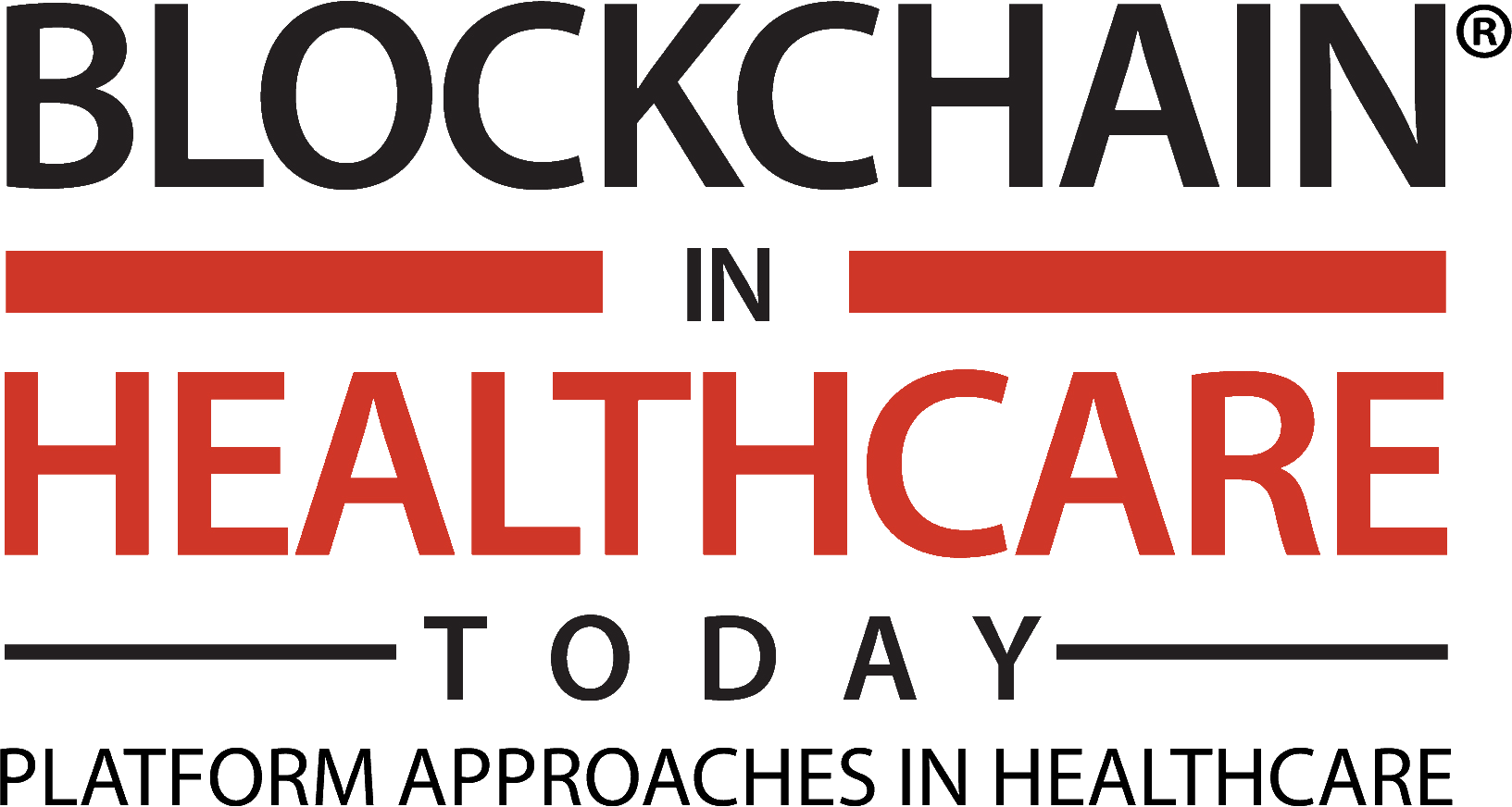
Additional files
More articles from Volume 3, Issue 1, 2020
OpenPharma Blockchain on FHIR: An Interoperable Solution for Read-Only Health Records Exchange through Blockchain and Biometrics
Critical Care Equipment Management Reimagined in an Emergency
Trust-by-Design: Evaluating Issues and Perceptions within Clinical Passporting
Harnessing the Power of Blockchains and Machine Learning to End the COVID-19 Pandemic
Blockchain, Interoperability, and Self-Sovereign Identity: Trust Me, It’s My Data
Article views
Harnessing the Power of Blockchains and Machine Learning to End the COVID-19 Pandemic
Abstract
The last catastrophic pandemic the world has seen was the 1918 H1N1 influenza pandemic, considering that it happened 102 years ago, one can perhaps leverage the technologic advancements over the past century to combat the current pandemic of the severe acute respiratory syndrome coronavirus 2 (SARS-CoV-2) (COVID-19), which has already infected more than 16 million people globally and shut down the majority of the daily activities of life. The danger and challenge of infectious diseases such as COVID-19 lies in their highly contagious nature, spreading like wildfire with the potential to infect the majority of the world’s population unless drastic measures are undertaken. In some countries, the social distancing and quarantine measures are either insufficient or ineffective as the number of cases is still on the rise. A major issue causing this rise is that most COVID-19 carriers appear asymptomatic. Identifying infected individuals as well as healthy/immune ones is the most crucial step in halting the disease spread. This is where the role of mass screening comes in.
Keywords
References
Citation
Copyright
This is an open access article distributed under the Creative Commons Attribution License which permits unrestricted use, distribution, and reproduction in any medium, provided the original work is properly cited.
Article metrics
The statements, opinions and data contained in the journal are solely those of the individual authors and contributors and not of the publisher and the editor(s). We stay neutral with regard to jurisdictional claims in published maps and institutional affiliations.

